-
 Bitcoin
Bitcoin $115200
-2.68% -
 Ethereum
Ethereum $3601
-5.16% -
 XRP
XRP $3.035
-2.96% -
 Tether USDt
Tether USDt $0.9997
-0.04% -
 BNB
BNB $764.5
-5.43% -
 Solana
Solana $168.1
-5.92% -
 USDC
USDC $0.9998
-0.02% -
 Dogecoin
Dogecoin $0.2090
-4.80% -
 TRON
TRON $0.3272
-0.49% -
 Cardano
Cardano $0.7306
-5.00% -
 Hyperliquid
Hyperliquid $39.16
-12.22% -
 Stellar
Stellar $0.3967
-4.96% -
 Sui
Sui $3.566
-5.95% -
 Chainlink
Chainlink $16.55
-6.57% -
 Bitcoin Cash
Bitcoin Cash $552.3
-3.90% -
 Hedera
Hedera $0.2516
-4.69% -
 Avalanche
Avalanche $21.99
-5.75% -
 Toncoin
Toncoin $3.621
-0.28% -
 Ethena USDe
Ethena USDe $1.000
-0.03% -
 UNUS SED LEO
UNUS SED LEO $8.951
0.02% -
 Litecoin
Litecoin $105.9
-3.59% -
 Shiba Inu
Shiba Inu $0.00001232
-5.00% -
 Polkadot
Polkadot $3.640
-5.55% -
 Uniswap
Uniswap $9.048
-7.03% -
 Monero
Monero $301.8
-1.51% -
 Dai
Dai $0.9999
-0.01% -
 Bitget Token
Bitget Token $4.334
-3.66% -
 Pepe
Pepe $0.00001064
-6.17% -
 Cronos
Cronos $0.1367
-5.78% -
 Aave
Aave $259.2
-4.59%
How to use MEXC API? MEXC API access guide
MEXC API enhances trading with automation, real-time data, and portfolio management; set up an API key to access public and private endpoints efficiently.
Jun 07, 2025 at 03:42 pm
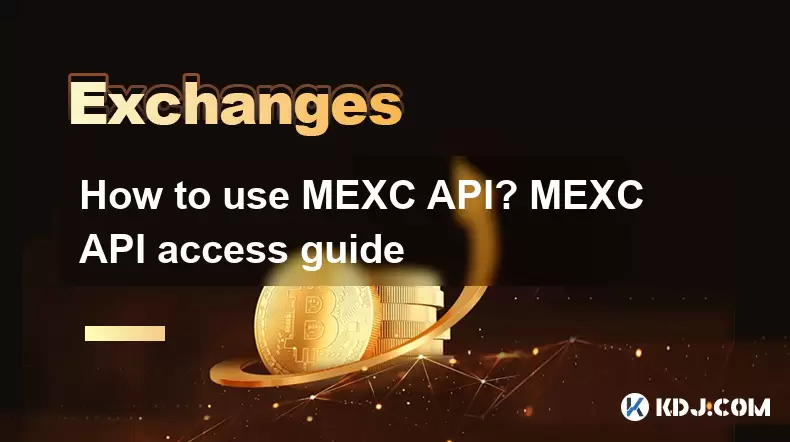
Introduction to MEXC API
MEXC Global, one of the leading cryptocurrency exchanges, offers an extensive API (Application Programming Interface) that enables users to automate trading, manage their portfolios, and access real-time market data programmatically. Understanding how to use the MEXC API can significantly enhance your trading experience, allowing for faster and more efficient operations.
Registering and Setting Up an API Key
Before diving into the technical aspects of the MEXC API, you need to set up an API key. Here's how to do it:
- Log into your MEXC account. If you don't have an account, you'll need to create one first.
- Navigate to the API Management section. You can find this under the "Account" or "Settings" menu, depending on the interface layout.
- Create a new API key. You will be prompted to enter a name for your API key, which helps you manage multiple keys if needed.
- Enable the permissions you need. MEXC allows you to control the access levels of your API key, such as read-only or trading permissions.
- Confirm the creation of the API key. You will receive an API Key and an API Secret. Keep these safe and never share them with anyone.
Understanding MEXC API Endpoints
The MEXC API is divided into several endpoints, each serving different functions. Here’s a brief overview:
- Public API: These endpoints provide access to market data, such as ticker prices, order book, and trade history. No API key is required to access these.
- Private API: These require authentication and allow you to manage your account, including placing orders, withdrawing funds, and checking balances.
- WebSocket API: For real-time data streaming, which is crucial for high-frequency trading and real-time analytics.
Using the Public API for Market Data
To start using the public API, you'll need to make HTTP requests to the MEXC API endpoints. Here’s an example of how to fetch the latest ticker data:
- Choose your programming language. Common choices include Python, JavaScript, or any other language with HTTP request capabilities.
- Set up an HTTP client. In Python, you might use the
requestslibrary. - Make a GET request to the appropriate endpoint. For example, to get the ticker for the BTC/USDT pair, you would request
https://www.mexc.com/open/api/v2/market/ticker?symbol=BTC_USDT.
Here’s a Python example using the requests library:
import requestsresponse = requests.get('https://www.mexc.com/open/api/v2/market/ticker?symbol=BTC_USDT')
data = response.json()
print(data)
This code fetches the ticker data for the BTC/USDT pair and prints it.
Authenticating with the Private API
To use the private API, you need to authenticate your requests using your API Key and Secret. Here’s how to do it:
- Generate a timestamp. This is typically in milliseconds since the Unix epoch.
- Create a signature. Using the HMAC-SHA256 algorithm, you sign a string that includes the timestamp and any other required parameters.
- Include the API Key, timestamp, and signature in your HTTP request headers.
Here’s an example in Python:
import requests
import time
import hmac
import hashlibapi_key = 'your_api_key'
api_secret = 'your_api_secret'
timestamp = int(time.time() * 1000)
params = f'timestamp={timestamp}'
signature = hmac.new(api_secret.encode('utf-8'), params.encode('utf-8'), hashlib.sha256).hexdigest()
headers = {
'X-MEXC-APIKEY': api_key,
'Content-Type': 'application/json'
}
response = requests.post('https://www.mexc.com/open/api/v2/order/place', headers=headers, data=params + f'&signature={signature}')
data = response.json()
print(data)
This example shows how to place an order using the private API.
Placing Orders and Managing Trades
Using the MEXC API, you can automate the process of placing orders and managing your trades. Here are some key operations you might perform:
- Placing a Market Order: Use the
order/placeendpoint with thetypeparameter set toMARKET. - Placing a Limit Order: Use the same endpoint but set
typetoLIMITand include thepriceparameter. - Canceling an Order: Use the
order/cancelendpoint, specifying theorderIdyou want to cancel. - Checking Order Status: Use the
order/statusendpoint to get the current status of your orders.
Each of these operations requires the appropriate parameters and authentication, as described in the previous section.
Withdrawing Funds and Managing Balances
The MEXC API also allows you to manage your funds, including withdrawals and checking your account balance. Here’s how to do it:
- Checking Balance: Use the
account/infoendpoint to get your current balance across all currencies. - Withdrawing Funds: Use the
withdraw/applyendpoint, specifying thecurrency,amount, andaddressto which you want to withdraw. Note that additional security measures, such as 2FA, may be required for withdrawals.
Handling Errors and API Rate Limits
When working with the MEXC API, it's important to handle errors and respect the rate limits imposed by the exchange. Here’s what you need to know:
- Error Handling: The MEXC API returns HTTP status codes and error codes in the response body. Always check these to understand what went wrong and handle errors gracefully in your code.
- Rate Limits: MEXC imposes rate limits on API requests to prevent abuse. Exceeding these limits can result in temporary bans. Be sure to implement rate limiting in your code to stay within these bounds.
Frequently Asked Questions
Q1: Can I use the MEXC API for algorithmic trading?
Yes, the MEXC API is well-suited for algorithmic trading. It provides endpoints for placing orders, checking balances, and accessing real-time market data, all of which are essential for developing and running trading algorithms.
Q2: Is there a cost associated with using the MEXC API?
MEXC does not charge a direct fee for using their API. However, normal trading fees apply to any trades executed through the API. Always check the latest fee structure on the MEXC website.
Q3: How secure is the MEXC API?
The MEXC API uses industry-standard security practices, including API key authentication and HMAC-SHA256 signatures. However, the security of your API usage also depends on how you manage your API keys and implement your code. Never share your API keys and use secure methods to store and transmit them.
Q4: Can I use the MEXC API on mobile devices?
Yes, you can use the MEXC API on mobile devices as long as you have a programming environment set up that can make HTTP requests and handle the necessary cryptographic operations for authentication.
Disclaimer:info@kdj.com
The information provided is not trading advice. kdj.com does not assume any responsibility for any investments made based on the information provided in this article. Cryptocurrencies are highly volatile and it is highly recommended that you invest with caution after thorough research!
If you believe that the content used on this website infringes your copyright, please contact us immediately (info@kdj.com) and we will delete it promptly.
- Litecoin Price Watch: UNIL Pump & Staking Success Steal the Show?
- 2025-08-02 02:50:12
- Red Coin, Blue Coin, Politics Exposure: Navigating the New Tribalism of Bitcoin
- 2025-08-02 03:30:12
- Bitcoin, Crypto, Gambling Sites: 2025's Hottest Trends and Where to Bet
- 2025-08-02 02:50:12
- FTX Token's Wild Ride: FTT Drop Amidst Creditor Repayment Buzz
- 2025-08-02 01:30:12
- Navigating the Crypto Market: Bitcoin, Trader Experience, and Avoiding the Noise
- 2025-08-02 00:50:12
- Deep Agents, AI Task Management, and Evolution AI: A New Era?
- 2025-08-02 00:50:12
Related knowledge
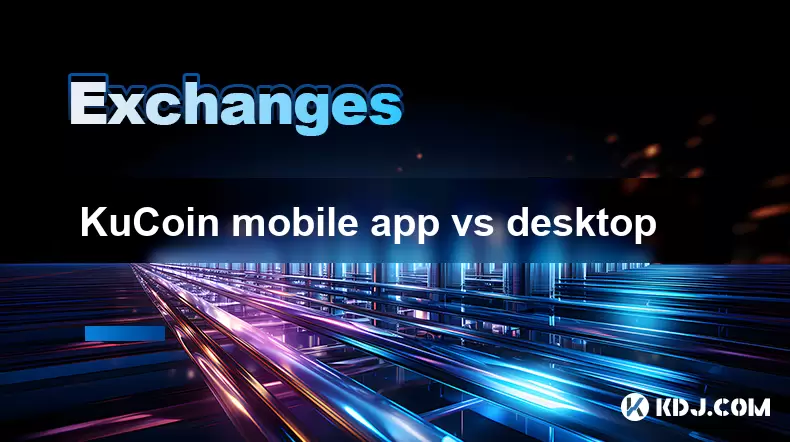
KuCoin mobile app vs desktop
Jul 19,2025 at 08:35am
Overview of KuCoin Mobile App and Desktop PlatformThe KuCoin ecosystem offers both a mobile app and a desktop platform, each designed to cater to diff...
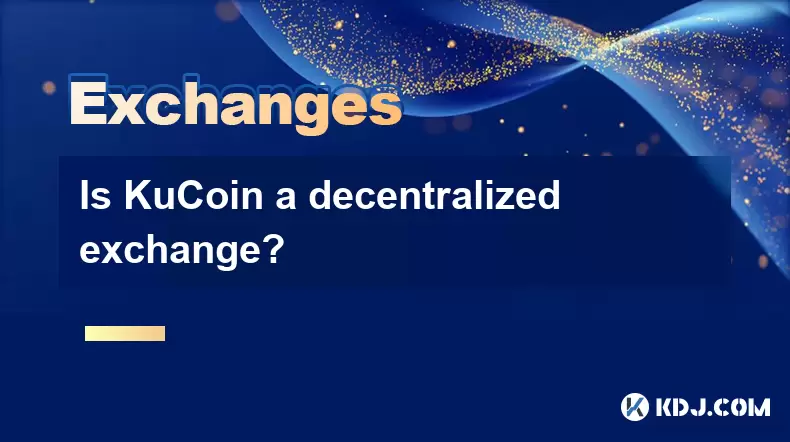
Is KuCoin a decentralized exchange?
Jul 18,2025 at 03:15pm
Understanding Decentralized Exchanges (DEXs)To determine whether KuCoin is a decentralized exchange, it's essential to first understand what defines a...
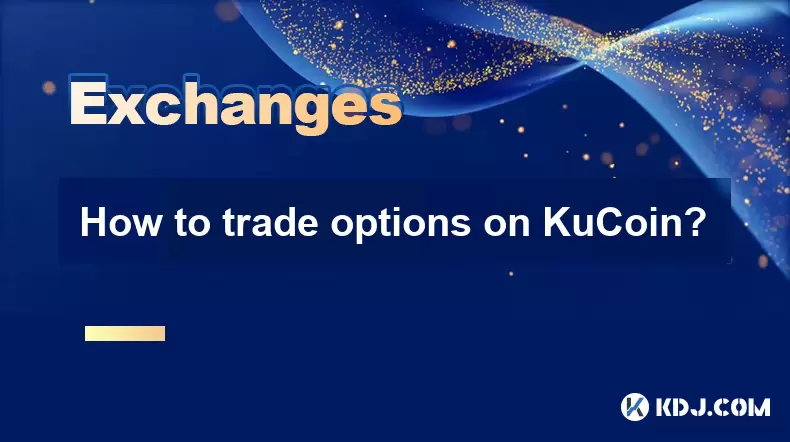
How to trade options on KuCoin?
Jul 19,2025 at 03:42am
Understanding Options Trading on KuCoinOptions trading on KuCoin allows users to speculate on the future price movements of cryptocurrencies without o...

What are KuCoin trading password rules?
Jul 20,2025 at 07:56am
Understanding the Purpose of a Trading Password on KuCoinOn KuCoin, a trading password serves as an additional layer of security beyond the standard l...
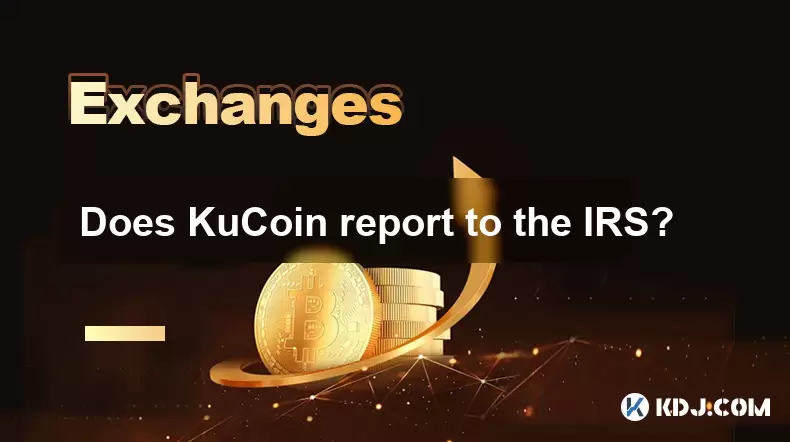
Does KuCoin report to the IRS?
Jul 27,2025 at 05:01am
Understanding the Reporting Obligations of KuCoinCryptocurrency exchanges are increasingly under scrutiny from global tax authorities, and KuCoin is n...

Who is the CEO of KuCoin?
Jul 20,2025 at 09:35am
Background of KuCoinKuCoin is one of the largest cryptocurrency exchanges globally, known for its diverse range of trading pairs and user-friendly int...

KuCoin mobile app vs desktop
Jul 19,2025 at 08:35am
Overview of KuCoin Mobile App and Desktop PlatformThe KuCoin ecosystem offers both a mobile app and a desktop platform, each designed to cater to diff...

Is KuCoin a decentralized exchange?
Jul 18,2025 at 03:15pm
Understanding Decentralized Exchanges (DEXs)To determine whether KuCoin is a decentralized exchange, it's essential to first understand what defines a...

How to trade options on KuCoin?
Jul 19,2025 at 03:42am
Understanding Options Trading on KuCoinOptions trading on KuCoin allows users to speculate on the future price movements of cryptocurrencies without o...

What are KuCoin trading password rules?
Jul 20,2025 at 07:56am
Understanding the Purpose of a Trading Password on KuCoinOn KuCoin, a trading password serves as an additional layer of security beyond the standard l...

Does KuCoin report to the IRS?
Jul 27,2025 at 05:01am
Understanding the Reporting Obligations of KuCoinCryptocurrency exchanges are increasingly under scrutiny from global tax authorities, and KuCoin is n...

Who is the CEO of KuCoin?
Jul 20,2025 at 09:35am
Background of KuCoinKuCoin is one of the largest cryptocurrency exchanges globally, known for its diverse range of trading pairs and user-friendly int...
See all articles

























































































